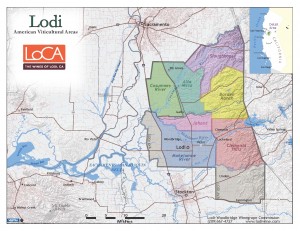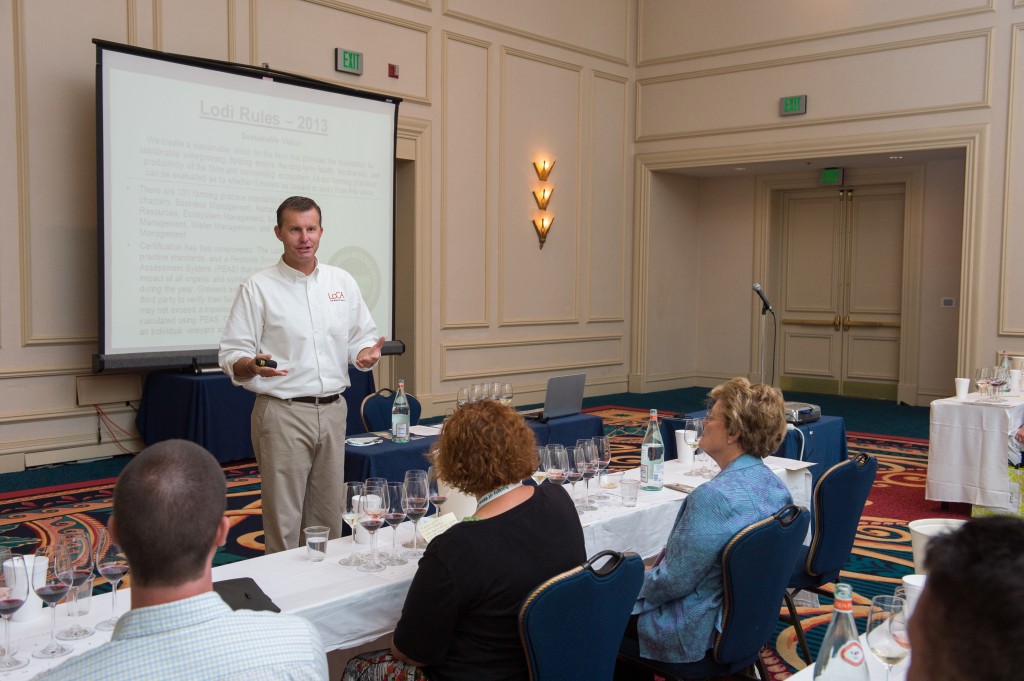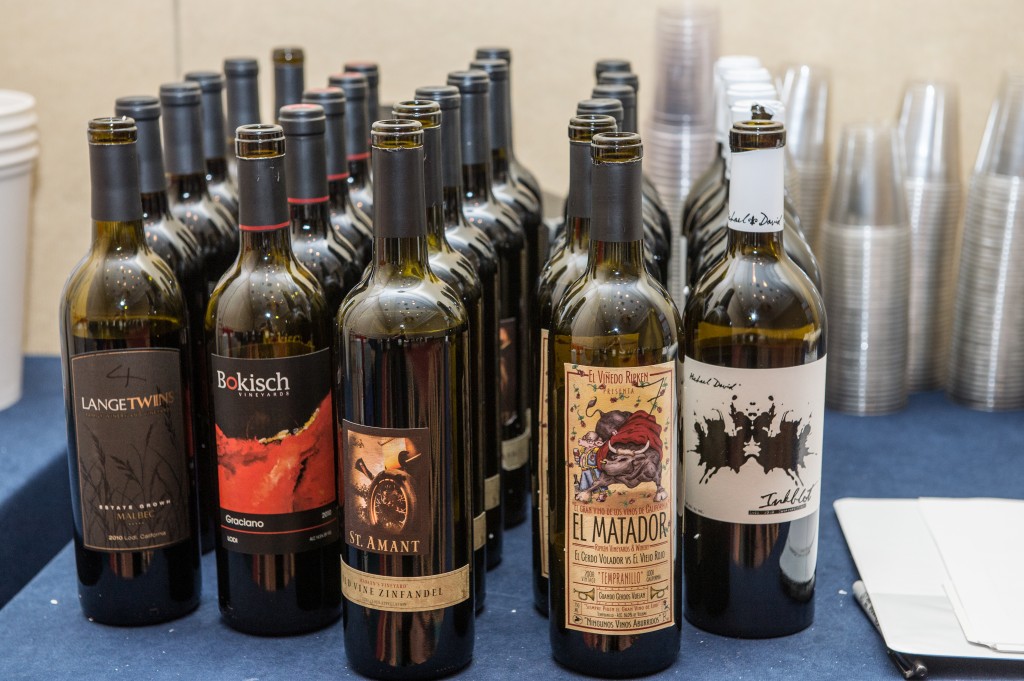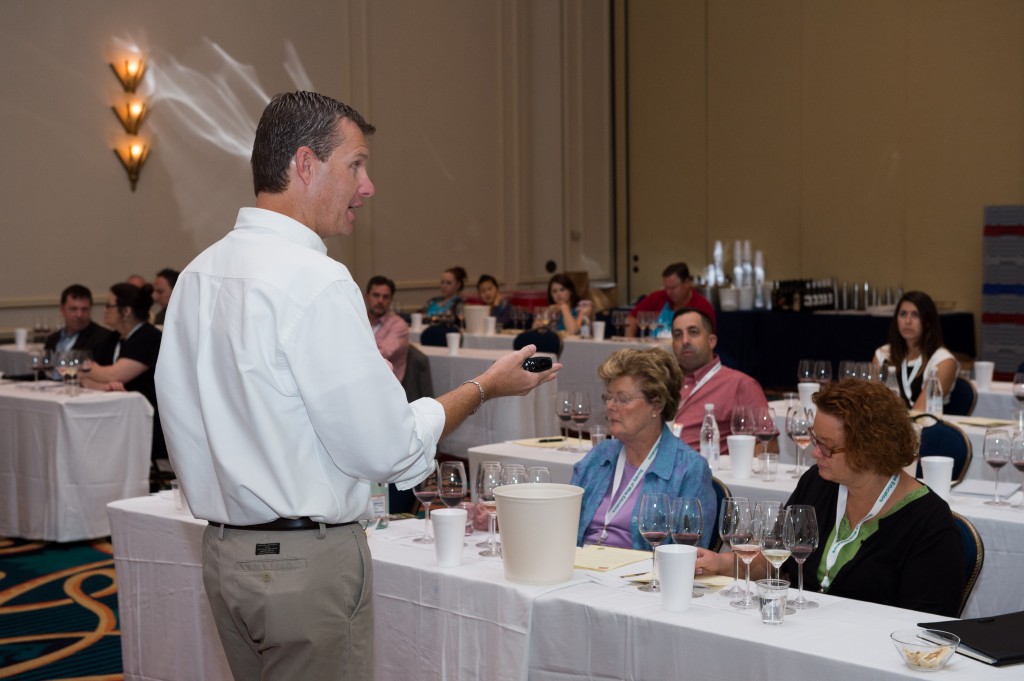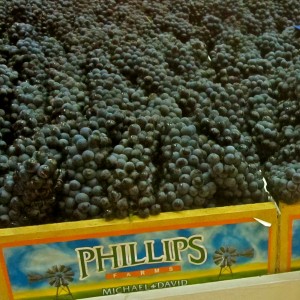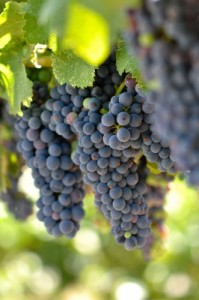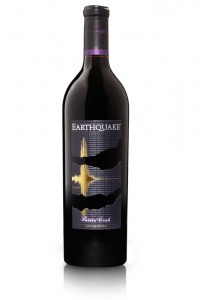If you are studying for the CSW Exam, you might recall that the Lodi AVA, located in northern California, has seven sub-regions: Alta Mesa, Borden Ranch, Clements Hills, Cosumes River, Mokelumne River, Sloughhouse, and the smallest of the seven, Jahant.
I’ve always been intrigued by the interesting name of the Jahant AVA, so this morning I decided to do a bit of research. This is a small area and information is somewhat difficult to come by, but I did find out who the area is named for, as well as quite a few interesting details about the soil and climate of the area.
The area’s namesake is a former gold prospector turned family farmer named Peter Jahant. Peter was born in France in 1827 and moved to Akron, Ohio with his parents when he was six years old. In 1850, lured by gold fever, 23-year-old Peter took off with for Sacramento with three or four friends, intending to prospect for gold. After a few years of variable success in gold mining , he bought a livery stable and settled down. He eventually married and established a family farm in the Acampo area. In 1912, Peter Jahant’s son, Charles, planted 130 acres of grapes on the original family farm and 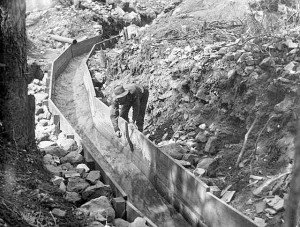 additional purchased land. The Jahant name is well-entrenched in the area, with Jahant Road, Jahant Stables, and Jahant Slough (a stream) all part of the local landscape.
additional purchased land. The Jahant name is well-entrenched in the area, with Jahant Road, Jahant Stables, and Jahant Slough (a stream) all part of the local landscape.
The Jahant AVA is located in the center area of the larger Lodi AVA, about 7 miles south of the city of Lodi. The region is bordered by the Dry Creek River in the north and the Mokelumne River in the southwest. There are currently 8,000 acres of the area’s total 28,000 acres planted to grapes.
While the Jahant sub-region has a slightly cooler, dryer, and windier climate than the surrounding areas, the main difference, and the defining factor in establishing the boundaries of the area, is the soil. The distinctive pink soil, referred to as “Rocklin-Jahant,” is a mixture of sandy loam and clay left by river flooding within the last 20,000 years. The clay component makes the soil excellent for retaining water to the point that dry-farming is possible, even during the summer. These dry-farmed vines produce grapes of great concentration, deep color and firm tannins; the nearby Sacramento Delta provides enough cooling breezes to maintain a good, balancing level of acidity.
Tempranillo, Petite Sirah, and Zinfandel are among the most widely planted grapes of the Jahant AVA. The Viaggio Estate Winery and Michael David Vineyards both have vineyards in the area. White grapes also do well; the Lange Twins Family Winery has a 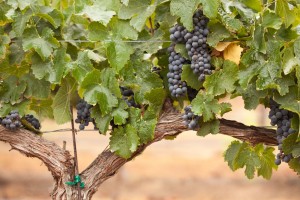 vineyard in the area planted to Sauvignon Musqué, a clonal variant of Sauvignon Blanc that produces grapes with a more pronounced floral aroma – and less of the herbal/cut green grass character – of a typical Sauvignon Blanc.
vineyard in the area planted to Sauvignon Musqué, a clonal variant of Sauvignon Blanc that produces grapes with a more pronounced floral aroma – and less of the herbal/cut green grass character – of a typical Sauvignon Blanc.
For more information about the Jahant AVA, click here.
Click here for the Lodi-Woodbridge Winegrape Commission
Click here to return to the SWE Website.
